For the latest veteran jobs postings around the country, visit the Military.com Job Search section.
What are the highest-paying jobs in the U.S., based on median annual salaries? We checked with the U.S. Bureau of Labor Statistics to get the lowdown, and the top 10 occupations are listed below.
Some of the jobs aren't unexpected, but some may surprise you. As it turns out, CEOs aren't topping the list, despite the astronomical wealth reported by some media-savvy chief executives.
See the full details on each in the list below and what it takes to qualify for the job.
10. Podiatrist
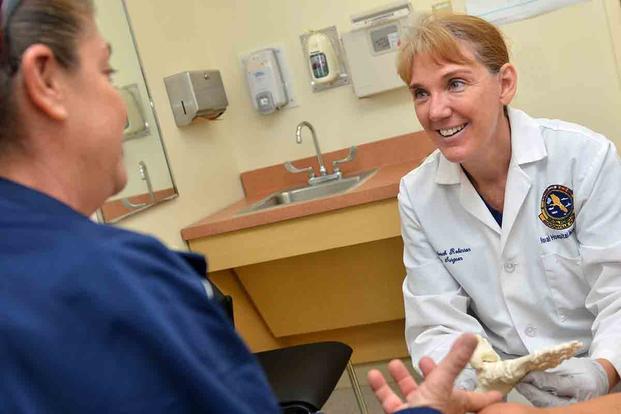
Podiatrists, also known as doctors of podiatric medicine (DPMs), diagnose and treat disorders, diseases and injuries of the foot and lower leg. Podiatrists treat corns, calluses, ingrown toenails, bunions, heel spurs and arch problems: ankle and foot injuries, deformities and infections; and foot complaints associated with diabetes and other diseases.
To treat these problems, podiatrists prescribe drugs and physical therapy, set fractures and perform surgery. They also fit corrective shoe inserts called orthotics, design plaster casts and strappings to correct deformities, and design custom-made shoes.
- Job opportunities should be good for entry-level graduates of accredited podiatric medicine programs.
- Opportunities will be better in group medical practices, clinics and health networks than in traditional, solo practices.
Training needed: Three to four years of college education, completion of a four-year podiatric college program and passing scores on national and state examinations (required to be licensed).
Median annual salary: $145,840
Related: Unleash your career potential and get customized job recommendations based on your military experience and personality traits.
9. Judges and Hearing Officers

Judges and hearing officers apply the law by overseeing the legal process in courts. All judges and hearing officers are employed by the federal government or by local and state governments. Most work in courts.
- Overall employment of judges and hearing officers is projected to grow 3% from 2020 to 2030, slower than the average for all occupations.
- Hearing officers are not judges but can act in a judicial capacity to resolve disputes and claims involving government agencies or executive departments
- Despite limited employment growth, about 2,200 openings for judges and hearing officers are projected each year, on average, over the next decade. Most of those openings are expected to result from the need to replace workers who transfer to different occupations or otherwise exit the labor force.
Training needed: Judges typically have three- to four-year law degrees, which require a four-year bachelor's degree. Most judges also have significant work experience as lawyers. However, some administrative law judges, hearing officers and magistrate positions require only a bachelor's degree.
Median annual salary: $148,030
8. Architectural and Engineering Managers
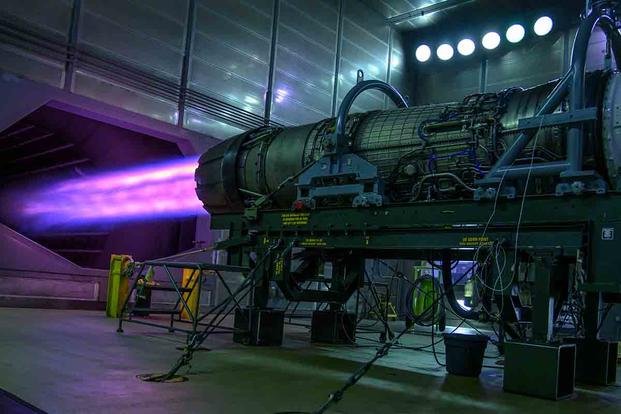
Engineering managers may supervise people who design and develop machinery, products, systems and processes. They might also direct and coordinate production, operations, quality assurance, testing or maintenance in industrial plants.
Many manage research and development teams that produce new products and processes or improve existing ones. Others are plant engineers, who direct and coordinate the design, installation, operation and maintenance of equipment and machinery in industrial plants.
- Most engineering and natural sciences managers have formal education and work experience as engineers, scientists or mathematicians.
- Opportunities will be best for scientists and engineers with strong communication and business management skills.
- 36% of jobs are in manufacturing industries, and 33% are in professional, scientific and technical services.
Training needed: Four-year bachelor's degree in engineering specialty, several years experience in their field, and MBA or master of engineering management -- MEM (for best advancement opportunities).
Median annual salary: $152,350
7. Physicist and Astronomer

Physicists are usually employed by government agencies and universities. They plan and conduct scientific experiments and studies to test theories and discover properties of matter and energy and how the two interact. Theoretical physicists and astronomers may study the nature of time or the origin of the universe.
- Physicists and astronomers may work in offices, research laboratories and observatories. Most physicists and astronomers work full time, and some work more than 40 hours per week.
- The range of available subject matter for study usually requires specialization at every level of research and study, and university employees will be expected to teach classes and write scientific articles.
Training needed: Physicists and astronomers typically need a Ph.D. for jobs in research and at academic institutions. Entry-level physicist jobs in the federal government usually require at least a bachelor's degree in physics.
Median annual salary: $152,430
6. Computer and Information Systems Manager
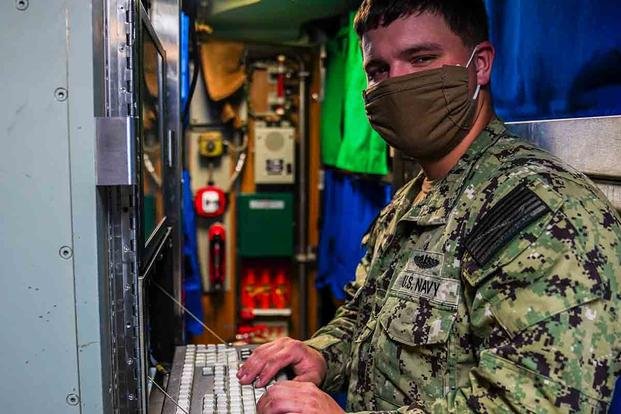
Computer and information systems managers play a vital role in the implementation and administration of technology within their organizations. They plan, coordinate and direct research on the computer-related activities of firms.
In consultation with other managers, they help determine the goals of an organization and then implement technology to meet those goals. They oversee all technical aspects of an organization, such as software development, network security and internet operations.
- Employment is expected to grow faster than the average for all occupations.
- Many managers possess advanced technical knowledge gained from working in a computer occupation.
- Job prospects should be excellent.
Training needed: Four-year bachelor's degree, two-year MBA or graduate degree (for best advancement opportunities).
Median annual salary: $159,010
Related: Search for computer & technology jobs.
5. Pediatrician
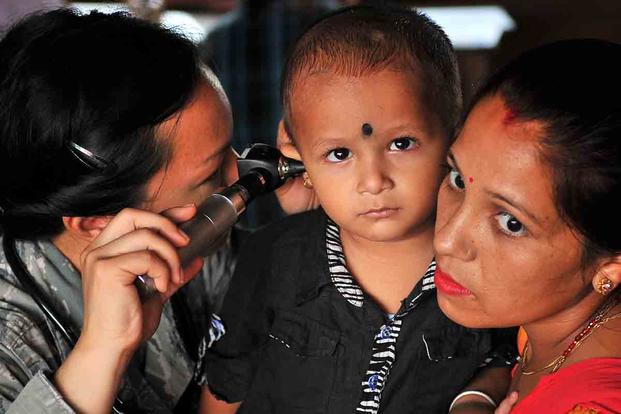
A pediatrician is a doctor who specializes in the health of infants, children, adolescents and young adults through a child's 18th birthday. Like all other doctors, pediatricians prevent, detect and manage physical issues affecting their patients, but are also keenly aware of behavioral and developmental issues that affect children.
- A board-certified pediatrician must pass exams from the American Board of Pediatrics and will have to meet regular education requirements to maintain that certification.
- Although job outlooks for all physicians are good for the coming decade, the Bureau of Labor Statistics estimates that there will be a 2% decline in the number of pediatricians between 2020 and 2030.
Training needed: Pediatricians require a four-year undergraduate degree that includes pre-medical courses in biology and chemistry. They must then attend four years of medical school, an internship and three years of pediatric residency, acquiring 12,000-14,000 hours of patient care. They must then have a passing score on the U.S. medical licensing examination.
Median annual salary: $170,480
4. Chief Executive Officer
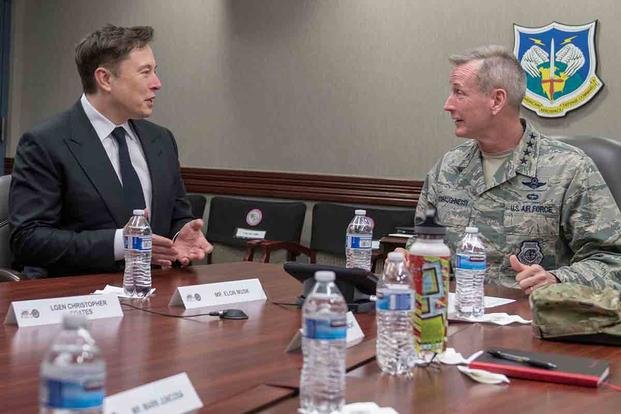
The chief executive officer meets frequently with the other top executives to ensure that the overall operation of the corporation is conducted in accordance with these goals and policies. In a governmental or nonprofit organization, top executives oversee budgets and ensure that resources are used properly and that programs are carried out as planned.
Chief executives in government often nominate citizens to boards and commissions, encourage business investment and promote economic development in their communities. To do all of these varied tasks effectively, top executives rely on a staff of highly skilled personnel.
- Keen competition is expected because the prestige and high compensation of these jobs attract a substantial number of applicants.
- Top executives are among the highest-paid workers; however, long hours, considerable travel and intense pressure to succeed are common.
- The formal education and experience of top executives vary as extensively as the nature of their responsibilities, but many of these workers have at least a bachelor's degree and considerable experience.
Training needed: Four-year college degree, MBA (for best opportunities), extensive managerial experience or exceptional entrepreneurial spirit (think Bill Gates or Mark Zuckerberg).
Median annual salary: $179,520
Top annual salary: According to Fortune Magazine, Tesla and SpaceX CEO Elon Musk was paid $23.5 billion in compensation in 2021.
3. Nurse Anesthetist and Nurse Practitioner
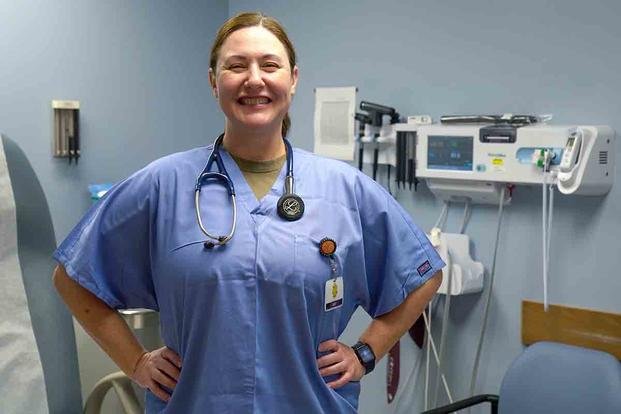
Nurse anesthetists and nurse practitioners coordinate patient care and may provide primary and specialty health care. They work in a variety of health-care settings, including hospitals, physicians' offices and clinics. Most advanced practice registered nurses (APRNs) work full time.
- Overall employment of nurse anesthetists, nurse midwives and nurse practitioners is projected to grow 45% from 2020 to 2030, much faster than the average for all occupations.
- APRNs treat and diagnose illnesses, advise the public on health issues, manage chronic disease and engage in continuous education to remain ahead of any technological, methodological or other developments in the field.
Training needed: Nurse anesthetists and nurse practitioners must complete a master of science in nursing (MSN) program or a doctor of nursing practice (DNP) program. They must also complete their required clinical hours, pass a national certification exam and apply for licensure in their state of practice.
Median annual salary: $195,610
2. Airline Pilot, Co-pilot and Flight Engineer
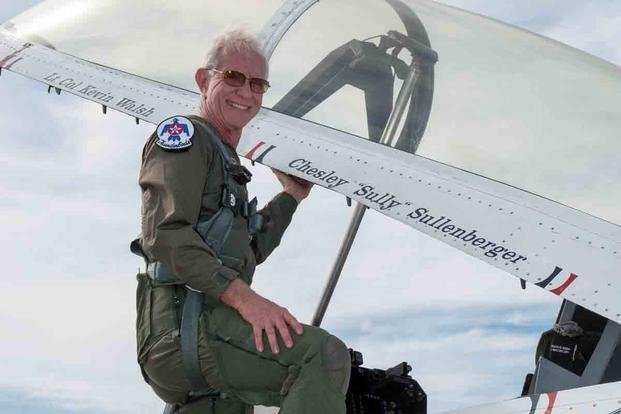
Pilots are highly trained professionals who fly airplanes or helicopters to carry out a wide variety of tasks. Most are airline pilots, co-pilots and flight engineers who transport passengers and cargo.
However, 34% are commercial pilots involved in dusting crops, spreading seed for reforestation, testing aircraft, flying passengers and cargo to areas not served by regular airlines, directing firefighting efforts, tracking criminals, monitoring traffic, and rescuing and evacuating injured persons.
- Regional and low-cost airlines offer the best opportunities; pilots face strong competition for jobs at the major airlines, which offer better pay and benefits.
- Many pilots have learned to fly in the military, but growing numbers have college degrees with flight training from civilian flying schools that are certified by the Federal Aviation Administration (FAA).
- Newly hired pilots at major airlines typically have about 4,000 hours of flight experience.
Training needed: 2-4 years of college education, at least 250 hours (4,000 hours for commercial airlines) of flight experience and a passing grade on the FAA written test (required to be licensed).
Median annual salary: $202,180
1. Physician, Surgeon and Dental Specialist

Physicians and surgeons diagnose illnesses and prescribe and administer treatment for people suffering from injury or disease. Physicians examine patients, obtain medical histories and order, perform and interpret diagnostic tests. They counsel patients on diet, hygiene and preventive health care.
Dentists diagnose and treat problems with teeth and tissues in the mouth, along with giving advice and administering care to help prevent future problems. They remove tooth decay, fill cavities, examine X-rays, place protective plastic sealants on children's teeth, straighten teeth and repair fractured teeth.
They also perform corrective surgery on gums and supporting bones to treat gum diseases. Dentists extract teeth and make models and measurements for dentures to replace missing teeth. They also administer anesthetics and write prescriptions for antibiotics and other medications.
- Many physicians and surgeons work long, irregular hours.
- Acceptance to medical school is highly competitive.
- Physicians typically need four years of undergraduate school, four years of medical school and 3-8 years of internship and residency.
- Job opportunities for physicians should be very good, particularly in rural and low-income areas.
- About three out of four dentists are solo practitioners.
- Faster than average employment growth is projected.
- Job prospects in dentistry should be good, reflecting the need to replace the large number of dentists expected to retire.
Physician training: Four-year college degree, four years of medical school, 3-8 years of internship and residency, and a passing score on the U.S. medical licensing examination.
Dentist training: Four-year college degree, four-year dental school degree and passing scores on dental school written and practical examinations (required to be licensed).
Median annual salary: $208,000+
Want to Know More About Veteran Jobs?
Be sure to get the latest news about post-military careers as well as critical info about veteran jobs and all the benefits of service. Subscribe to Military.com and receive customized updates delivered straight to your inbox.











